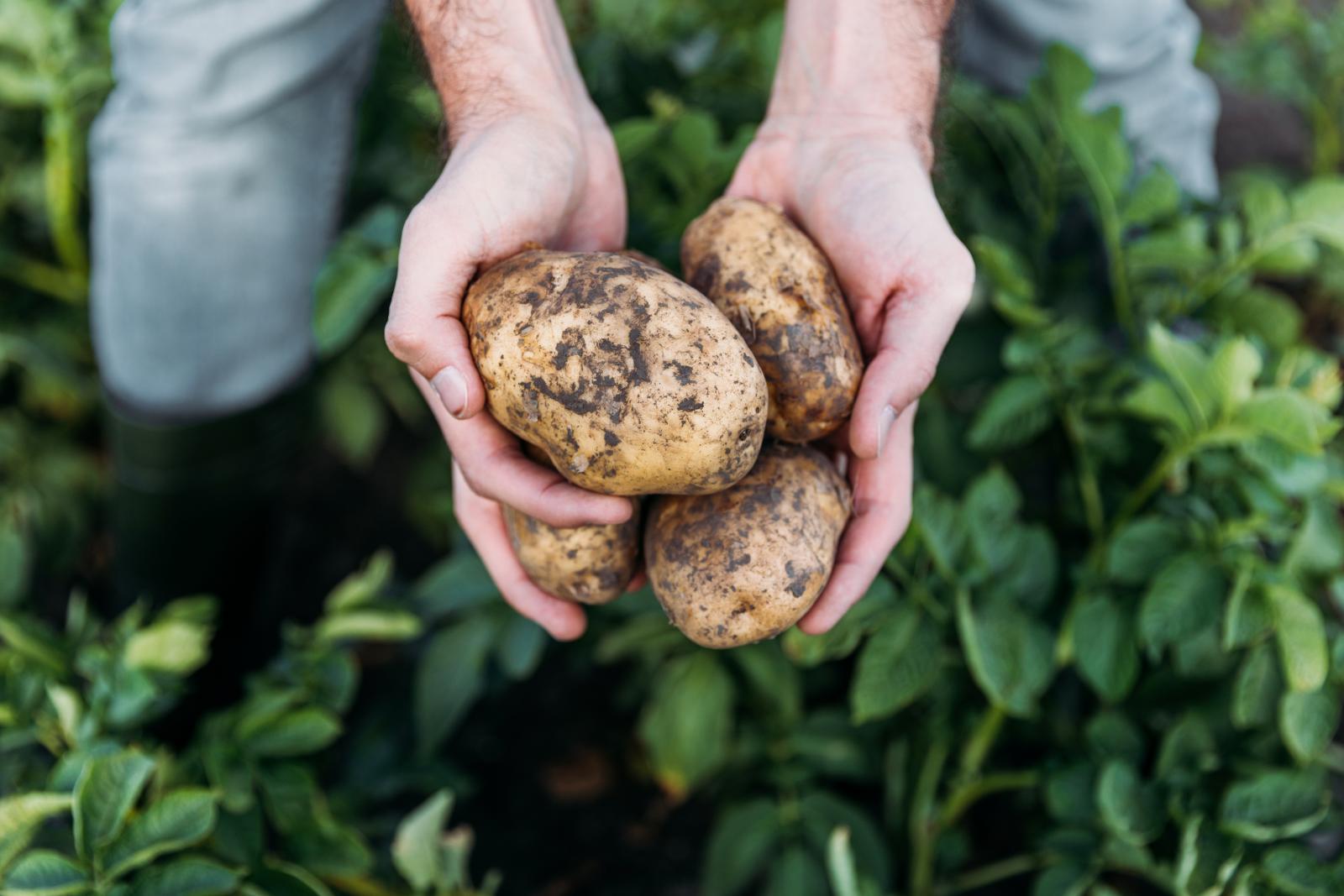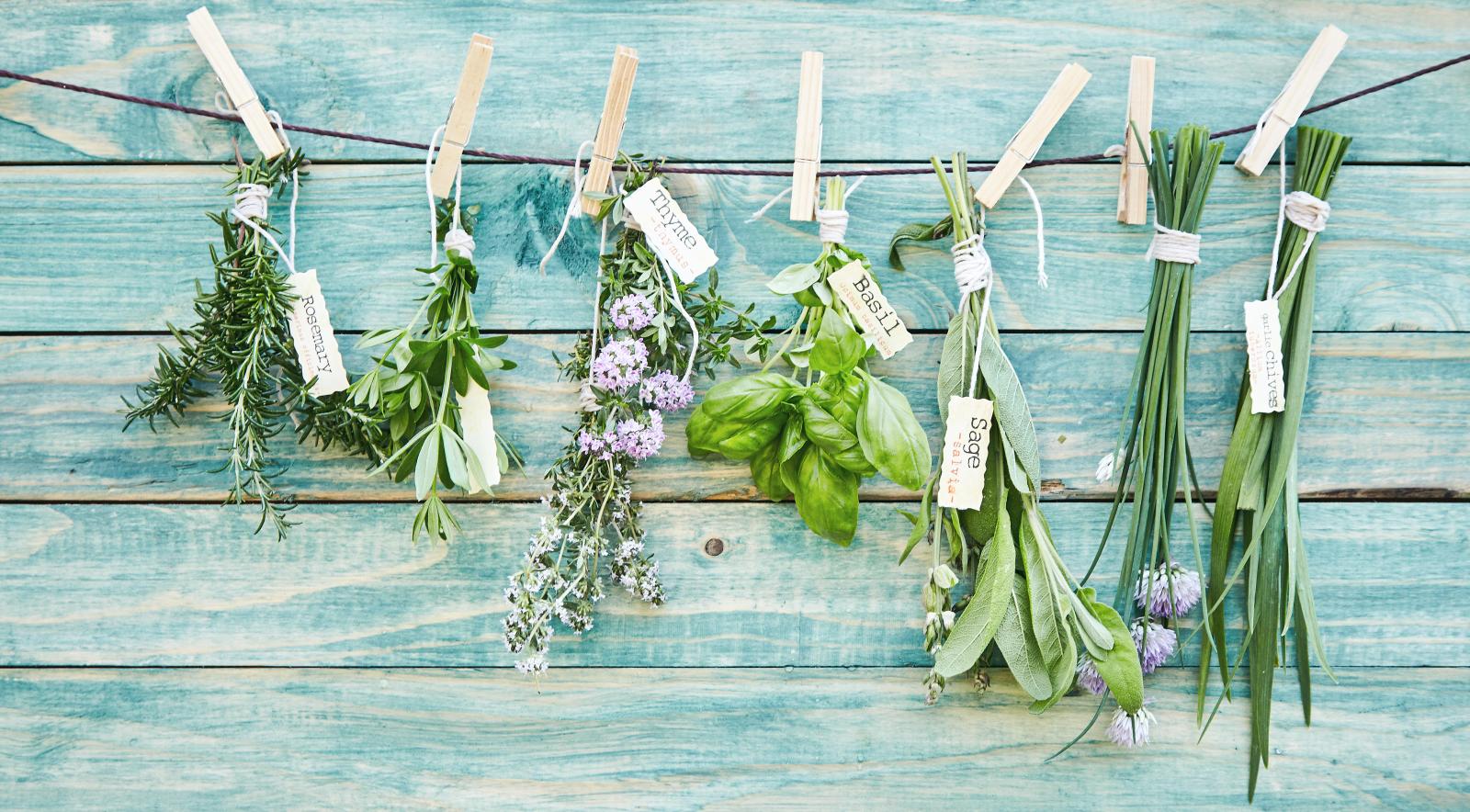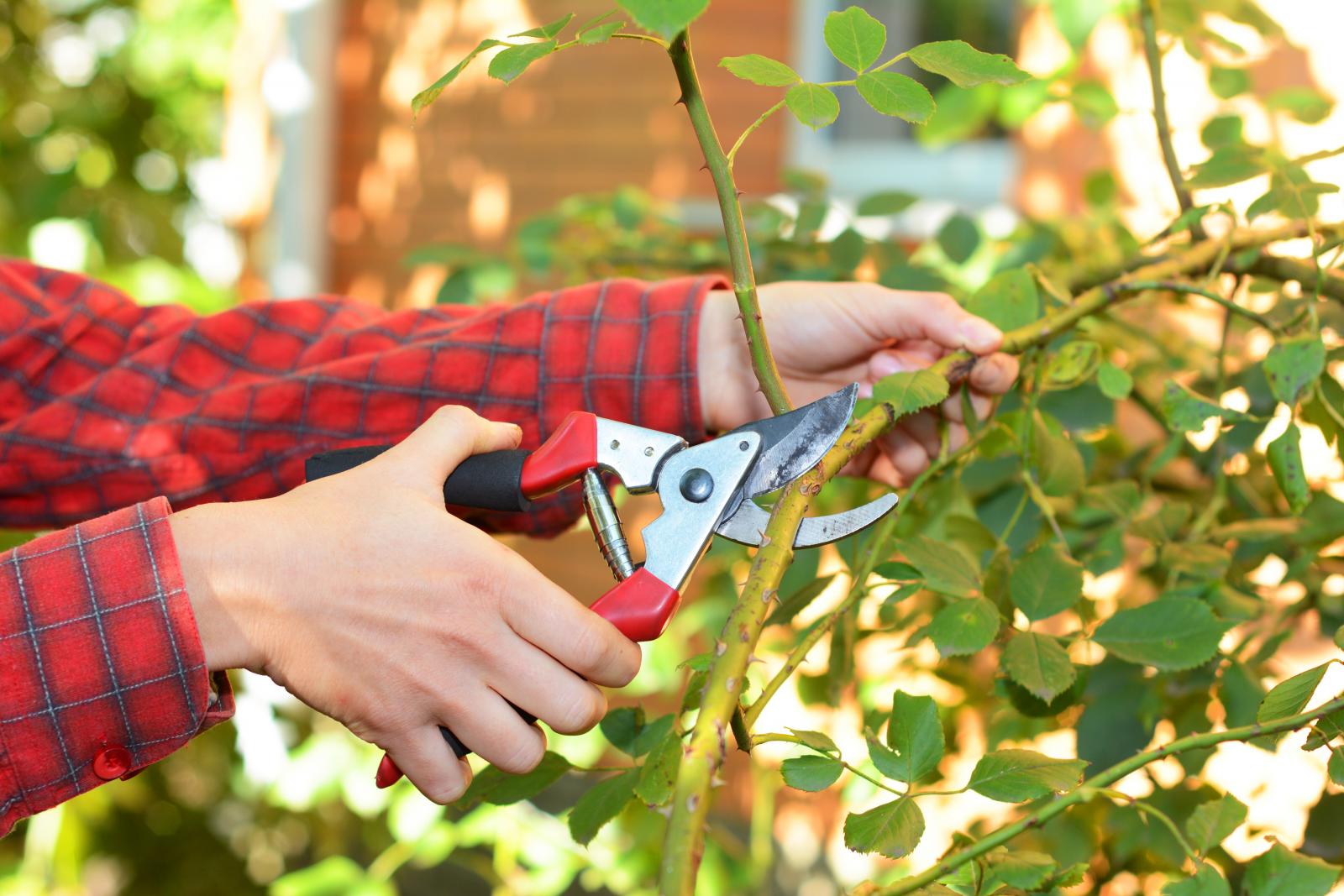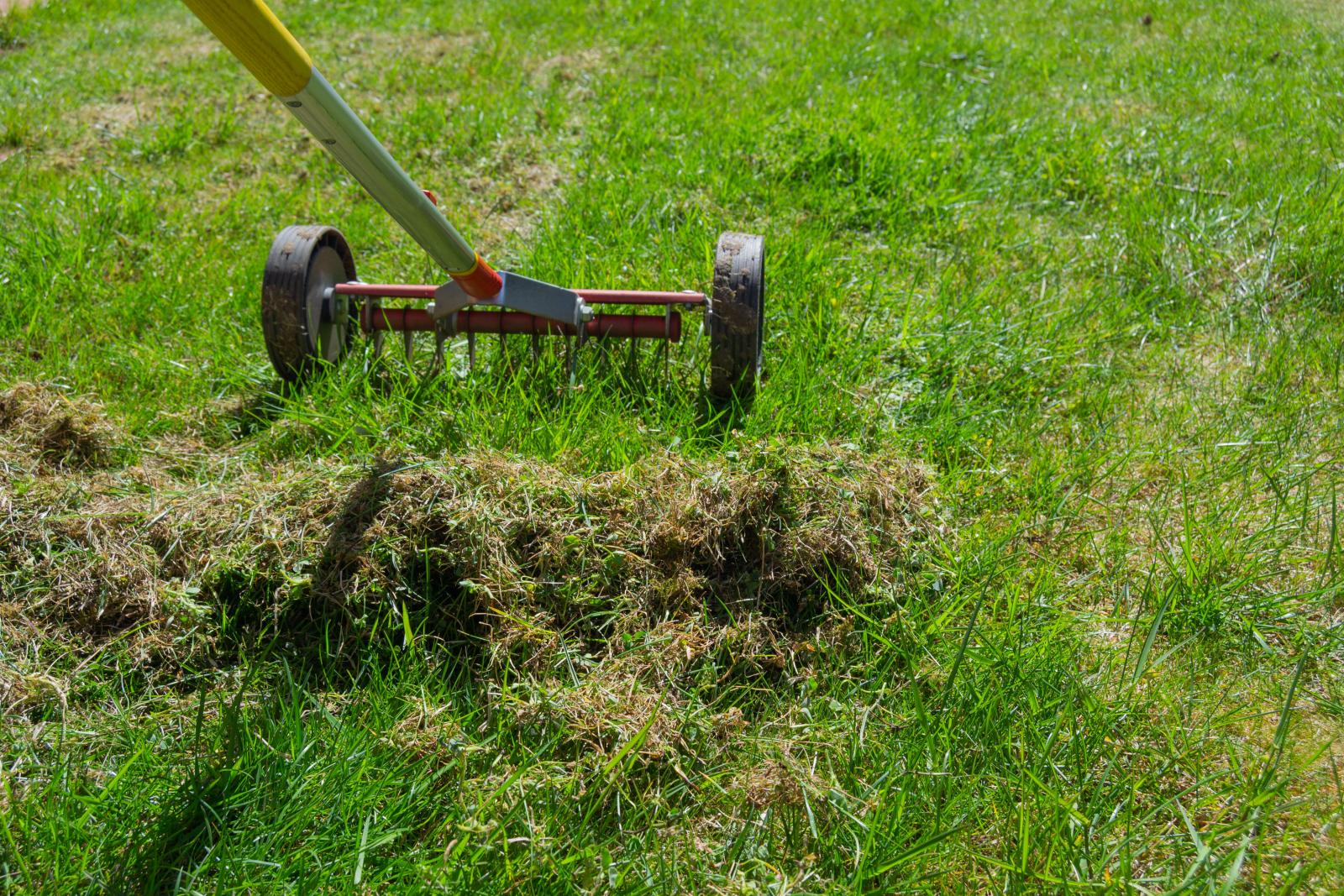
Golden sunshine, misty mornings and ripe apples galore. It%u2019s the beautiful month of September. The season is changing and the days are noticeably shorter now. Summer crops are coming to an end and it%u2019s time to start tidying up the garden in preparation for the winter months.
Golden sunshine, misty mornings and ripe apples galore. It’s the beautiful month of September. The season is changing and the days are noticeably shorter now. Summer crops are coming to an end and it’s time to start tidying up the garden in preparation for the winter months. There’s still plenty of planting to do this month including biennial flowers, spring bedding plants and overwintering food crops. In fact, it’s quite a busy month, with lots of jobs to do whilst making the most of the remaining warm weather.
There are still plenty of beautiful flowers around to enjoy this month. Keep deadheading faded blooms and feeding containers and the flowering displays will continue until the first frosts arrive. Carry on feeding pumpkins and squash plants too and you might end up with a giant pumpkin for Halloween! If the weather is warm and dry there will still be plenty of watering to do as well as weeding and mulching to prevent the spread of weed seeds around the garden. As you clear away the summer crops and flowers, leave some plants to run to seed so that you can harvest, dry and store the seed ready for next year’s growing season.
Harvests of summer crops will draw to a close this month, including beans, potatoes, summer squashes and the last of the marrows and courgettes. There is plenty of fruit to harvest too, including apples, pears and autumn-fruiting raspberries. If you have a glut of crops, try pickling, drying, freezing, or making jams and chutneys to preserve produce for the winter months.
As crops are cleared, it’s time to start tidying up and composting and you might need to build an extra composter to provide for all the old vegetation and foliage. It’s also the last chance to sow some overwintering crops including lettuces, leafy greens and spring onions.
Harvest maincrop potatoes. Lift potatoes on a warm sunny day and leave them on the surface of the soil for an hour or so to dry out before storing in paper or hessian sacks, tied at the neck. The sacks then need to be stored somewhere cool and dark. If exposed to light, potatoes will turn green and become poisonous. Check potatoes carefully before storing and only store undamaged, disease-free tubers. One rotten potato can spoil the lot!

Lift and dry onions. You’ll know when the bulbs are ready to store when the skins have become papery and they make a rustling sound when handled.
Harvest sweetcorn. Cobs are usually ready when the silks at the top turn black or brown. You can test for ripeness by piercing a kernel and if it releases a milky sap then they are ready. (If the liquid is clear and watery then they need a bit longer). Eat straight after harvesting for the sweetest flavour!
Ripen pumpkins and squashes. Remove a few leaves so that the sun can get to the fruits and continue watering and feeding until they are ready to harvest later this month or next. If the weather is damp, lift the fruit onto planks of wood or bricks to prevent them from rotting.
Plant autumn onion sets, garlic and shallots.
Plant out spring cabbages. Whether you’ve raised them indoors or in a nursery bed, now is the time to transplant them into their final growing positions. It’s a good idea to cover them with netting or fleece to protect them from hungry pigeons.
Sow spring onions for overwintering.
Sow leafy greens. This is the last month for sowing Swiss chard, spinach and oriental greens for overwintering.
Cut and hang herbs to dry.

Sow winter lettuces and salad crops. Land cress, mizuna, mustard, rocket and winter purslane can be sown this month for overwintering.
Sow parsley, rocket and coriander seeds.
Save seeds from this year's herb plants. Make sure they are dry and then store them in a cool, dry place until spring.
Harvest autumn-fruiting raspberries. After harvesting, wait until late winter or early spring to prune. Autumn raspberries fruit on one-year-old canes, so pruning is straightforward - simply cut all the canes down to ground level and they will grow and fruit again next season.
Continue pruning summer-fruiting raspberries. Summer raspberries fruit on canes which are in their second year of growth. Every year, you need to cut out the canes which have already fruited and leave all the new canes which have still to fruit. The old fruiting canes will be identifiable by their browner colour and the leaves will probably look a bit tatty. In contrast, the younger canes produced this season will have fresh green foliage and the stems will still be green - these are the stems that will produce next year's fruit. Once the old canes have been cut down, you can tie in the new canes, spacing them out about 10cm apart. Only tie in good strong canes, pruning out the weaker ones as you go.
Complete the pruning of stone fruits. Plums and cherries should be pruned by the middle of September to avoid silver leaf disease which is a risk if you prune in cold, wet weather.
Continue harvesting apples and pears. The last of the early-varieties, as well as the first of the mid-season or late varieties, will be ready to harvest this month.
Plant new strawberries.
Order new fruit trees and bushes.
Remove the netting from soft fruits. Birds will then be able to clear up any pests.
Plant container-grown shrubs. It’s a good time of year to plant container-grown shrubs while the soil is still nice and warm.
Start pruning climbing roses once the flowers have faded. All side-shoots that have flowered can be pruned back to one or two buds from the main stem and any new, strong growths can be tied in to replace the older shoots. Very old stems can be pruned out at ground level, encouraging new shoots to grow from the base of the plant.

Collect seed from perennials and annuals.
Cut down and divide overgrown perennials. It’s a good time of year to have a tidy up, dividing any overgrown clumps and either replanting elsewhere or rehoming to friends and neighbours.
Sow hardy annuals. Calendula, Californian poppies, cornflowers, poached-egg plants, and poppies can be sown outside now for flowering next year.
Plant spring-flowering bulbs. Crocuses, daffodils and grape hyacinths can all be planted now and tulips in late October/November. The ground is still nice and warm from the summer months and there is plenty of time for the new roots to settle in before spring.
Plant out spring-flowering biennials.
Plant out spring bedding plants. Primulas, wallflowers and violas can be planted towards the end of the month.
Pot-up indoor bulbs for Christmas. Amaryllis and hyacinths can be potted up now.
Plant up containers with spring bedding plants and bulbs. Summer plants can be cleared out and spring bedding plants planted in their place. Remove some of the old compost and replace with a fresh layer. If you haven’t grown your own spring bedding plants from seed you can buy them from garden centres and local nurseries.
Plant a “bulb lasagne” for your doorstep. This is a layered pot of bulbs with the largest and latest flowering bulbs at the lowest level and early-flowering, smaller bulbs near the top.
Scarify and aerate established lawns. It’s a good idea to remove the thatch (the layer of dead grass that collects on lawns) using a spring-tined rake. This will improve the surface drainage and help prevent moss and other weeds from establishing. Lawns can also get very compacted over the course of the summer. Aerate them by pushing the prongs of a garden fork into the ground at regular intervals. Ideally, top-dress the lawn immediately after aerating. This will help keep the holes open and revitalise the upper layer of soil. Use a mix of three-parts sieved garden soil, two-parts of sharp sand, and one-part sieved garden compost. Spread a 1-2 cm layer over the lawn and work it in using a stiff broom.

Feed and reseed lawns. You can feed the lawn now with a low-nitrogen, autumn lawn feed and small patches can be repaired by sowing seed.
Raise the height of mower blades. When grass begins to grow more slowly, raise the blades for a longer cut.
Top-up bird feeders regularly.
Plant hardy annuals and perennials that attract beneficial insects. Leave dead stems and piles of leaves for overwintering insects. Don’t be too tidy during the autumn clean up. Hollow stems and piles of leaves provide important overwintering homes for beneficial insects and leaving hedge cuttings tucked under the hedge will provide a lovely hibernation site for hedgehogs and other garden wildlife.
Thin out aquatic plants before hibernation starts. If oxygenating and floating plants are taking over the pond, thin them out this month. Remember to leave plants and debris by the side of the pond for a couple of days so that any pond creatures in them can escape back into the water.
It’s a lovely time of year for pottering in the garden and ticking off gardening jobs whilst enjoying the September sunshine. Happy gardening and fingers crossed for an Indian summer!